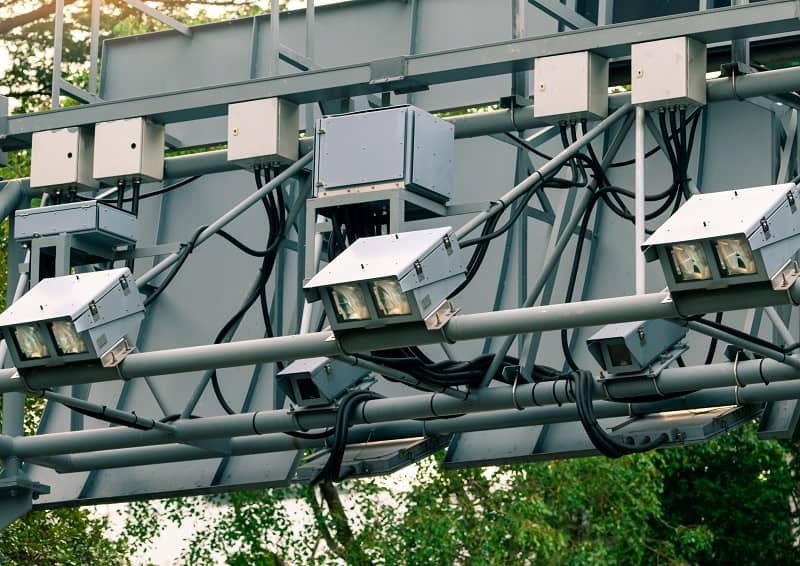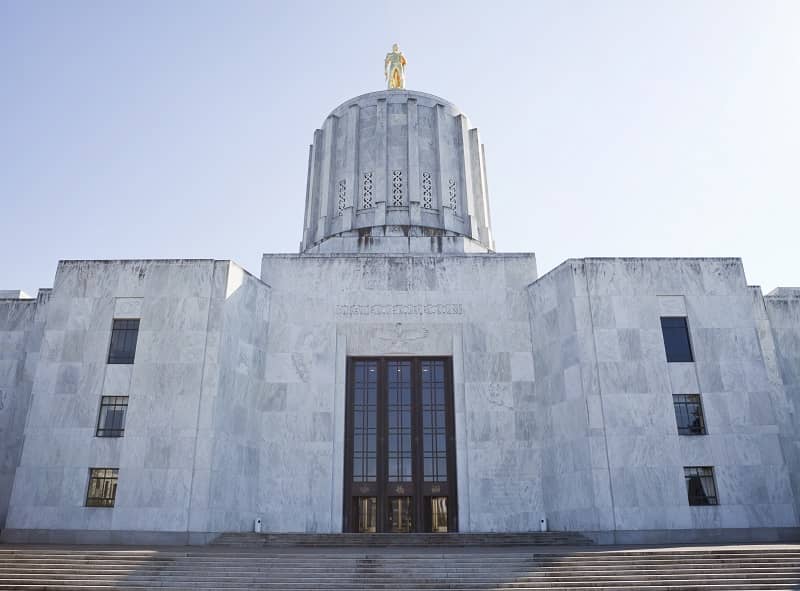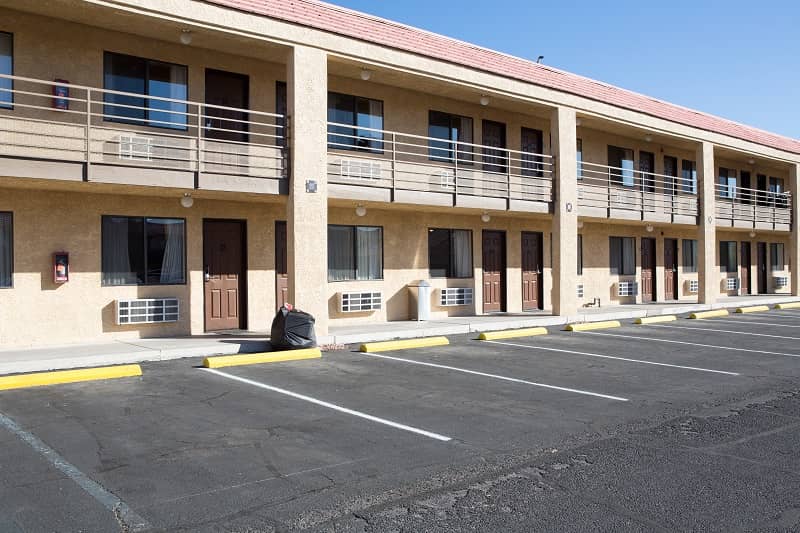Testimony before the House Transportation and Economic Development Committee on March 30, 2011
I have followed the CRC process quite closely for the past decade. Based on this experience, I offer the following comments about HJM 22:
This is a random request for a random project. There is no evidence that the CRC is part of a strategic transportation vision for the Portland region. Unless and until ODOT comes up with a plan to address related congestion problems and the need for new capacity at the I-84/I-5 interchange, I-405, the Marquam Bridge, and the West Hills Tunnels, the CRC will just absorb vast resources while offering few public benefits.
There is no price tag listed and no specific amount requested. It’s difficult to see how anyone in Congress would take this seriously when the only message seems to be, “more, now.”
There needs to be a coherent rationale for the use of tolls and the setting of toll rates. I am not opposed to highway tolls per se; it’s a time-honored method of financing new infrastructure. In fact, I have no doubt that within the next 20 years much of Oregon’s highway system will be converted to an electronic tollway (with variable rates in dense urban centers), and I look forward to those changes.
But unfortunately the most obvious interest in tolling on the CRC has been to use toll revenue as a local match for federal funding, especially for the uneconomic light rail[1] portion. That is the wrong use of toll revenue and will generate a much-deserved rebellion among highway motorists. If the project is really cost-effective, it should be 100% financed by local user fees, and the toll rates should be set to generate adequate cash flow for debt service as well as to vary by time-of-day/direction-of-travel to ensure free-flow driving conditions at all times. I testified before the CRC tolling subcommittee on three different occasions last year making these points, but to this day the proponents of tolling cannot explicitly state a principled rationale for the use of tolls.
The light rail element is a total waste of money. Vancouver transit riders are express bus commuters and will have no interest in a slow train. At a capital cost of $321.27 million mile, this will be the most expensive transit project in the history of Oregon. By comparison, the earlier portion of the MAX Yellow Line (Interstate Avenue) was constructed for about $60 million per/mile. That project was also a mistake; there is no policy reason to magnify the error at 5 times the cost.
Moreover, neither C-TRAN nor TriMet is planning on putting any of their own money into construction of light rail; both agencies expect everyone else to pick up the tab[2]. One can reasonably conclude that if the two transit districts don’t think light rail is worth one dime of their own funds, it is worth even less to the rest of us.
The mega-bridge concept is doomed to fail under any scenario. The CRC project epitomizes the old-guard, “build up, not out” approach beloved by land-use planners. They oppose new bridges because they imagine that more bridges would encourage more driving. But reality is passing the Oregon system by. Between 1998 and 2006, even with no new highways, the percentage of jobs located within 3 miles of downtown decreased from 27% to 23%. The percentage of jobs located more than 10 miles from downtown increased from 24% to 29%. The future of employment and housing is on the periphery of Portland; thus a massive highway structure on Hayden Island will be irrelevant to many motorists and force them to drive out of their way to cross the river.
The more appropriate response would be to build multiple bridges, much smaller in scale, to accommodate the increasingly scattered travel patterns of the next three decades. It’s interesting that Portland has 10 bridge crossings over the Willamette River and only two are highways; the rest are arterials. Yet no one would seriously suggest that Portland rip out the eight smaller bridges in order contain “bridge sprawl”; everyone recognizes that with more bridges, people drive less because they have more direct avenues to travel on.
The City of Pittsburgh, comparable in size to Portland and located along three major rivers, has 29 bridge crossings, and only 5 are connected to Interstate Highways. The rest are small-scale, two- and four-lane bridges handling local traffic. Since the I-5 Interstate Bridge is not structurally flawed, it seems evident that Oregon should leave the I-5 Bridge in place and look at adding 2-3 smaller bridges upriver and downriver on the Columbia. In particular, there needs to be a way to get Washington-bound traffic originating on the west side of Portland off of HW 26 by creating an alternative route north to HW 30 from Beaverton/Hillsboro, and then over the Columbia. That would reduce congestion problems on HW 26, I-405, the Fremont Bridge, and I-5 north – which the currently proposed CRC will never do.
[1] Consolidated Appropriations Act, 2010, Section 173 (H.R. 3288, December 9, 2009). “Hereafter, for interstate multi-modal projects which are in Interstate highway corridors, the Secretary shall base the rating under section 5309(d) of title 49, United States Code, of the non-New Starts share of the public transportation element of the project on the percentage of non-New Starts funds in the unified finance plan for the multi-modal project: Provided, that the Secretary shall base the accounting of local matching funds on the total amount of all local funds incorporated in the unified finance plan for the multi-modal project for the purposes of funding under chapter 53 of title 49, USC and title 23, USC.”
[2] CRC Finance Plan, September 2010: “The forecast assumes no TriMet funding of CRC capital costs”, p. 3-27. “No linkage is required between the CRC LRT capital plan and the capital expenses included in the agency-wide systems plan because the capital finance plan for CRC LRT does not include any C-TRAN revenues”, p. 4-22.











